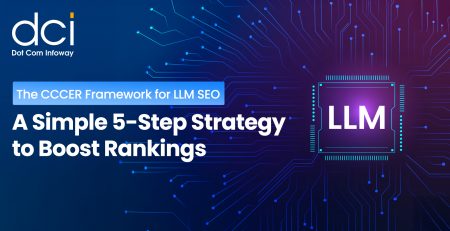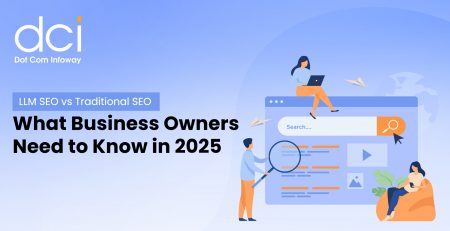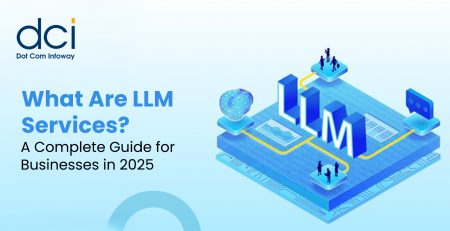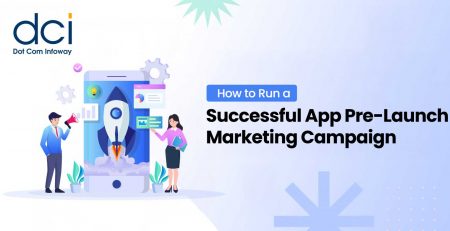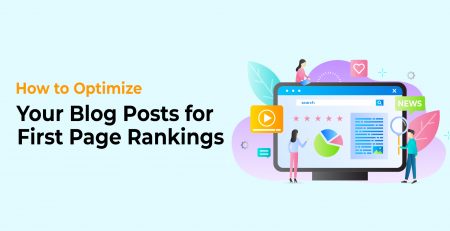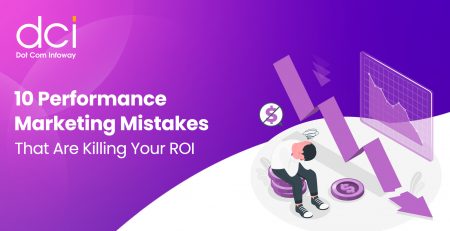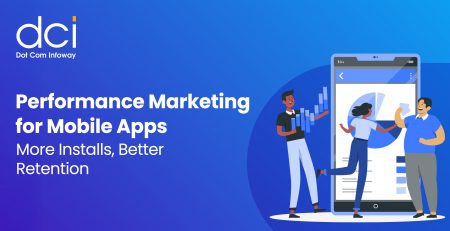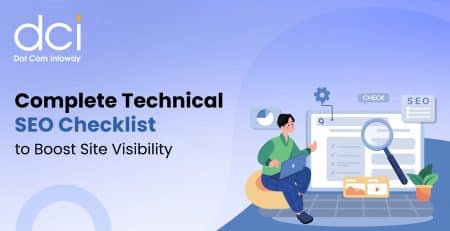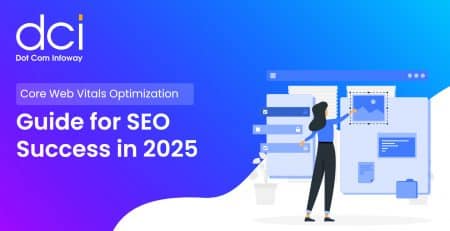Fixing Weak Campaign Performance with AI-Powered Solutions in 2025
In today’s hyper-competitive digital marketing world, campaigns that fail to deliver results can feel like pouring money down the drain. With ad costs rising and consumer attention shrinking, weak campaign performance is a serious concern for businesses aiming to stay profitable and relevant. Fortunately, 2025 offers a game-changing advantage: AI-powered solutions that optimize campaigns in real time, drive efficiency and provide actionable insights to rescue underperforming efforts. By embracing the latest in AI-driven marketing tools, businesses can transform lackluster campaigns into revenue-generating machines, even in competitive spaces. Let’s explore how AI can reverse poor performance and take your campaigns to the next level.
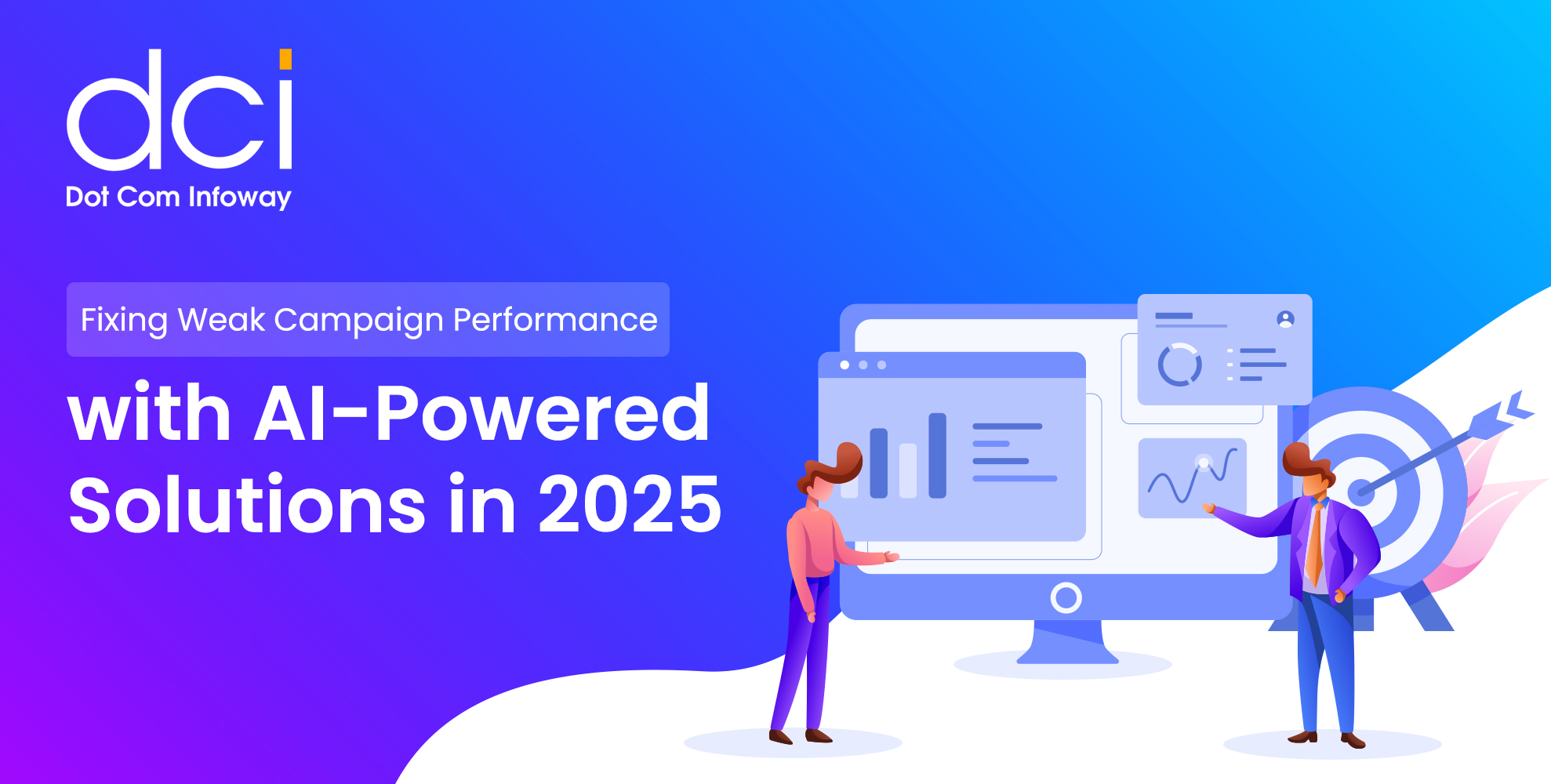
Understanding the Causes of Weak Campaign Performance
Before discussing fixes, it’s crucial to understand the causes behind subpar campaign performance. Many businesses struggle due to unclear targeting, outdated messaging, or inefficient ad spending. Others suffer from poorly designed landing pages or a lack of A/B testing, leading to low conversion rates. Additionally, poor data management can prevent marketers from accurately analyzing audience behavior. When campaigns fail to engage the right users or deliver value, conversion rates plummet, and return on investment (ROI) suffers. But identifying these root causes is just step one. The solution lies in leveraging AI to optimize every aspect of the campaign lifecycle.
AI-Powered Solutions: A Game-Changer for Weak Campaigns
AI has shifted the marketing landscape dramatically in recent years, and in 2025, its impact is stronger than ever. Through AI, businesses can perform predictive analysis, improve audience segmentation, and optimize ad placements in real time. One of the key advantages is AI’s ability to learn from data patterns and adapt without human intervention. For example, AI can assess what type of creative content works best with different audience segments and adjust mid-campaign for better results. Instead of waiting until the end of the campaign to analyze performance, AI tools provide continuous optimization, helping marketers stay ahead of the curve and minimize wasteful spending.
AI-powered platforms like Google’s Performance Max and Meta’s Advantage+ are perfect examples of automation at work. They analyze audience behaviors, keyword trends, and real-time engagement metrics to guide campaign direction. Companies using these platforms often report higher engagement, better lead generation, and improved conversion rates compared to traditional methods. AI-driven solutions help businesses optimize ad copy, visuals, and even budget allocation, ensuring that campaigns remain effective and scalable.
Real-Time Campaign Adjustments: Why AI Outperforms Traditional Methods
The days of manually tweaking campaigns over weeks or months are over. AI empowers marketers to implement changes instantly. One of the standout features of AI marketing tools is their ability to identify weak points in a campaign—whether it’s underperforming ad sets, low-converting landing pages, or ineffective calls to action—and fix them without delay. For instance, if certain keywords are underperforming, AI can adjust the bidding strategy on the fly or swap in higher-performing variations.
In traditional campaigns, marketers rely on static data collected over time, often resulting in delayed responses to problems. With AI, the data is dynamic. For example, programmatic advertising platforms powered by AI automatically shift budget allocations toward high-performing channels while reducing investment in low-performing areas. This flexibility maximizes the potential ROI and prevents budget waste.
AI-Enhanced Personalization: Engaging the Right Audience
One of the main reasons for campaign failure is poor audience targeting. Even if a campaign has compelling creative assets, they won’t generate results if they’re shown to the wrong audience. AI eliminates this issue through enhanced personalization. By analyzing user behavior, search patterns, and purchase history, AI tools can craft hyper-relevant messaging for each individual prospect. In fact, personalized marketing driven by AI is predicted to increase conversion rates by as much as 20% in 2025.
AI-powered email marketing platforms, for example, can create dynamic email content tailored to each recipient based on their browsing history and interactions with previous campaigns. Similarly, AI can optimize website landing pages to display personalized product recommendations, increasing the likelihood of conversions. This level of personalization ensures that each marketing touchpoint is impactful and tailored to the user’s intent.
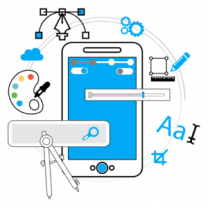
Ready to boost your website’s rankings and online visibility?
Discover how our expert SEO services can resolve ranking issues, drive traffic, and elevate your website’s performance to the next level!
Predictive Analytics: Anticipating and Avoiding Failures
Predictive analytics is another critical advantage of AI. By analyzing historical performance data, customer behavior, and external trends, AI systems can predict when a campaign is likely to underperform and suggest corrective actions. Imagine knowing in advance that a specific ad creative will experience fatigue or that a particular demographic will have lower engagement rates. With this foresight, marketers can pivot strategies proactively, rather than reacting after performance declines.
Platforms like HubSpot and Salesforce leverage AI-based predictive models to provide recommendations for content, timing, and channel distribution. For example, if a predictive model indicates that email open rates will decline, the system can recommend changes to the subject line, delivery time, or audience targeting. Predictive analytics also allows businesses to identify high-value leads and prioritize them, leading to higher-quality conversions.
Fixing Weak Campaign Performance with AI-Powered Automation
AI-powered automation is a critical component of successful campaigns in 2025. Automation tools handle repetitive tasks such as bid adjustments, keyword optimization, and performance tracking, freeing up marketers to focus on strategy and creativity. This automation minimizes human error and ensures consistent monitoring of key performance indicators (KPIs).
Consider an e-commerce brand running a paid search campaign. AI can automatically pause underperforming ads while scaling successful ones, ensuring that the budget is allocated efficiently. Additionally, chatbots powered by AI enhance user engagement by providing instant responses to customer queries, increasing the chances of conversion. Automated retargeting campaigns can re-engage users who abandoned their carts, driving them back to complete purchases.
AI-Driven Creative Optimization: Crafting Content That Converts
Another powerful way AI enhances campaign performance is through creative optimization. Often, the success of a campaign hinges on the effectiveness of its messaging, visuals, and overall presentation. AI tools in 2025 use advanced image recognition, sentiment analysis, and audience feedback to evaluate how different creatives resonate with specific demographics. For instance, AI can analyze which ad headlines generate the most clicks or determine the ideal length for video ads to maximize viewer engagement. AI even assists in generating content variations—suggesting tweaks to colors, fonts, and copy to match user preferences. By continuously testing and optimizing creatives, AI ensures that campaigns remain fresh, compelling, and conversion-focused. This dynamic approach minimizes creative fatigue and maximizes audience impact, keeping brands consistently ahead of the competition.
Conclusion
As marketing landscapes evolve, businesses that fail to adapt risk falling behind. Weak campaign performance isn’t just a challenge; it’s an opportunity to grow by embracing cutting-edge technology. AI-powered solutions in 2025 offer a transformative approach by enabling real-time optimizations, predictive insights, and personalized experiences. By leveraging these tools, businesses can turn struggling campaigns into success stories, driving better ROI, brand visibility, and customer engagement. Don’t let poor performance hold you back—harness the power of AI today.

